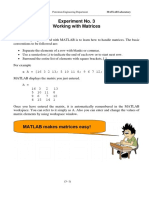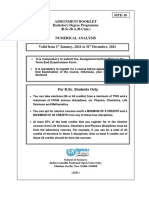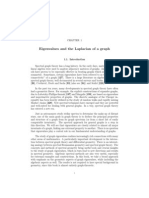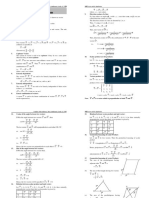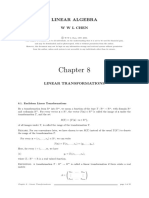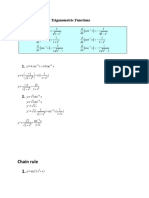0% found this document useful (0 votes)
104 views34 pagesIntro Matlab
MATLAB is a technical computing environment optimized for engineering and scientific applications. It allows matrix manipulations, plotting of functions and data, implementation of algorithms, creation of user interfaces, and interfacing with programs in other languages. MATLAB contains toolboxes for tasks like signal processing, control design, support vector machines, and more. The basic data type in MATLAB is a multidimensional array. MATLAB can perform arithmetic, logical, comparison and other operations on arrays and matrices. It also provides functions for matrix manipulation, data analysis and visualization.
Uploaded by
Ahmad Amirridzuan Mohd NawawiCopyright
© Attribution Non-Commercial (BY-NC)
We take content rights seriously. If you suspect this is your content, claim it here.
Available Formats
Download as PPT, PDF, TXT or read online on Scribd
0% found this document useful (0 votes)
104 views34 pagesIntro Matlab
MATLAB is a technical computing environment optimized for engineering and scientific applications. It allows matrix manipulations, plotting of functions and data, implementation of algorithms, creation of user interfaces, and interfacing with programs in other languages. MATLAB contains toolboxes for tasks like signal processing, control design, support vector machines, and more. The basic data type in MATLAB is a multidimensional array. MATLAB can perform arithmetic, logical, comparison and other operations on arrays and matrices. It also provides functions for matrix manipulation, data analysis and visualization.
Uploaded by
Ahmad Amirridzuan Mohd NawawiCopyright
© Attribution Non-Commercial (BY-NC)
We take content rights seriously. If you suspect this is your content, claim it here.
Available Formats
Download as PPT, PDF, TXT or read online on Scribd
/ 34















